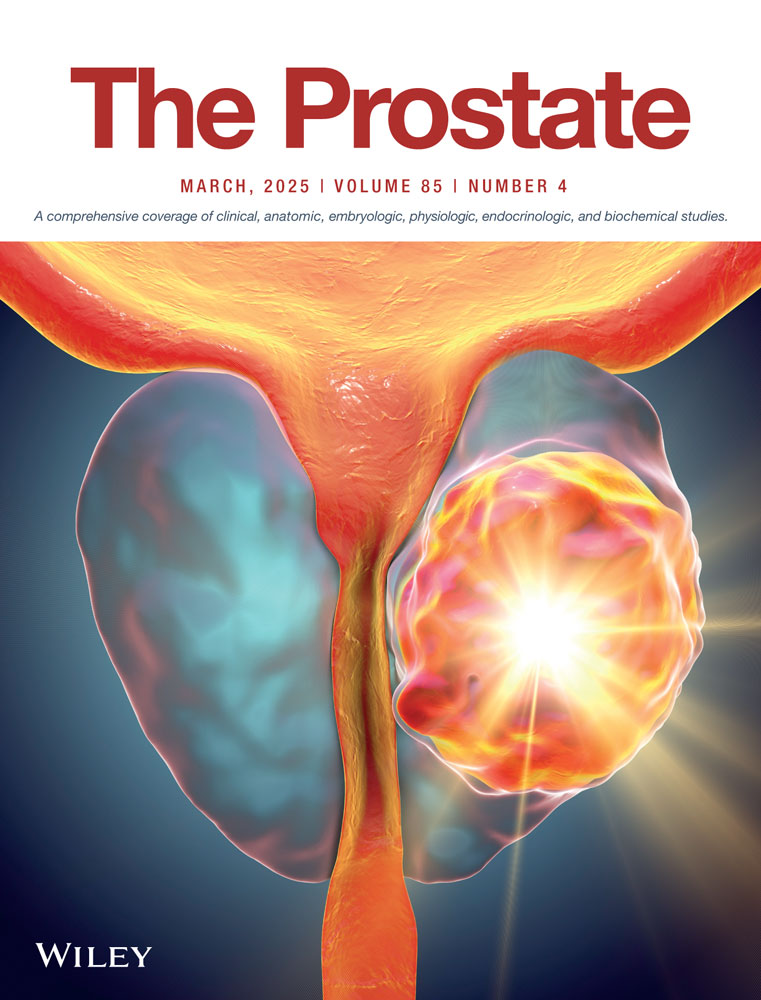Evaluating the Prognostic Impact of Apparent Diffusion Coefficient in Definitive Radiotherapy for Gleason Score 7 Prostate Cancer Patients
ABSTRACT
Background
To investigate the utility of diffusion-weighted magnetic resonance imaging (DW-MRI) in evaluating Gleason score (GS) 7 tumors before definitive radiotherapy (RT) and to explore its association with clinicopathological factors and treatment outcomes.
Materials and Methods
Clinical data of 266 prostate cancer (PCa) patients with biopsy-confirmed GS 7 who underwent RT were retrospectively analyzed. Pretreatment DW-MRI was utilized to measure apparent diffusion coefficient (ADC) values of primary tumors. Treatment outcomes, including biochemical disease-free survival (bDFS) and prostate cancer-specific survival (PCSS), were assessed. Statistical analyses were conducted to determine the correlation between tumor ADC values, clinicopathological factors, and treatment outcomes.
Results
Tumors with a GS of 3 + 4 had significantly higher ADC values than those with a GS of 4 + 3 (0.746 ± 0.150 vs. 0.702 ± 0.157 × 10−³ mm²/s; p < 0.001). Median follow-up time was 8.6 years, and the 7-year rates for bDFS and PCSS were 89.1% and 95.3%, respectively. Lower tumor ADC values were significantly correlated with higher GS and increased risk of disease progression. A primary tumor ADC cutoff value of 0.682 × 10−³ mm²/s was identified for predicting disease progression. Patients with higher ADC values exhibited significantly better 7-year bDFS rates (92.8% vs. 83.2%; p = 0.02). However, GS 4 + 3 tumors independently predicted poorer bDFS and PCSS outcomes. In the multivariable analysis, only GS 4 + 3 tumor was predictive for worse bDFS and PCSS.
Conclusions
Tumor ADC values are a reliable biomarker for differentiating between GS 3 + 4 and 4 + 3 tumors in the GS 7 category. Tumors exhibiting lower ADC values have been associated to higher risk factors and an increased likelihood of disease progression, particularly in GS 3 + 4 tumors where GS upgrading could happen.
Conflicts of Interest
The authors declare no conflicts of interest.
Open Research
Data Availability Statement
The data that support the findings of this study are available on request from the corresponding author. The data are not publicly available due to privacy or ethical restrictions.




